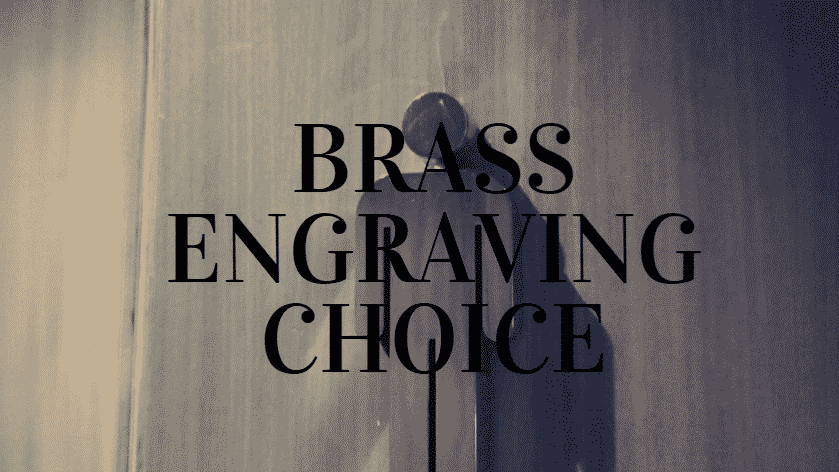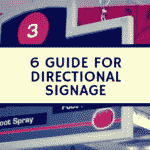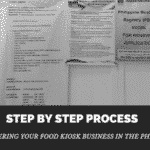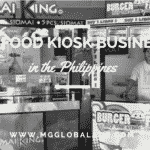
Brass engraving choice
The inquiry is continuously added throughout the foil marking as well as embossing sector on a daily basis. What is the most effective kind of brass engraving choice metal to utilize? The response is certainly not cut, and completely dry, and many variables must be considered. We have summoned the suggestions and suggestions of numerous experts in the field to assist examine the various steels and supply guidelines for picking each.
Brass
Brass engraving choice is one of the most versatile of all brass engraving choice. It is likewise exceptionally resilient and is typically made use of when the best quality die is required. It is most commonly made use of for hand tooled and machined embossing engravings (Multi-level or sculptured), yet is also beneficial for long-run level marking jobs. Since it is conveniently tooled, it is a perfect steel selection when an image requires to be “opened up” up to make sure that the foil stamps tidy without the picture filling in.
Brass engraving choice is the sector criterion for the mix (aluminum foils and embossing) passes away too. When a photo can be aluminum foil stamped and also printed in one pass, brass engraving is the most effective option since it can be quickly machined to develop the required alleviation to apply aluminum foil and emboss the image all at once. Brass engraving choice is extra expensive than copper and magnesium, so you need to examine your application thoroughly prior to picking it.
Copper
Copper is a common metal for level marking and single level embossing passes away. It is an extremely difficult steel with excellent etching attributes, which makes it an outstanding selection for medium to lengthy aluminum foil marking runs. If run length exceeds someplace between 20,000 to 30,000 impressions (relying on various other variables such as image size and also to stock), then you must think about picking copper for a level marking or single-level embossing application. You may likewise want to take into consideration ordering copper inscribing if you recognize the job you are stamping will certainly run once again in the future. This will certainly assist to get rid of the need to re-order passes away each time you run the job. In addition, copper inscriptions are a superb warmth conductor and maintain their warmth quite possibly. This is especially essential when foil stamping on high-speed devices where the speed and action of the press is more probable to cool the die temperature level.
The surface area and style of your aluminum foil stamped image can additionally aid you identify if copper is the very best choice. A medium to big strong area of foil requires much more tonnage and pressure than smaller-sized photos or type. A copper die is suggested for these types of applications to make certain the die does not begin to collapse under the pressure of the stamping press. On top of that, very great detail pictures may need a copper engraving because of the crisp sides that an etched copper die has. Lastly, if you are utilizing a distinctive or recycled stock for an aluminum-foil stamped image, copper is most likely the steel to use. Once again, because of the extreme solidity of copper, a copper inscription is less most likely to become cracked or put on than softer steels when foil marking textured or recycled stocks.
Copper is typically priced a little greater than magnesium, however is more economical than brass or steel inscriptions. Copper takes rather longer to etch than magnesium, although turn-around times are still reasonably fast.
Magnesium
Magnesium passes away are a fast, affordable, functional option for aluminum foil stamping as well as some embossing applications. They are optimal for short runs (somewhere in between 10,000 as well as 40,000 impressions), depending upon the size of the image as well as sort of stock.
If the surface area of the aluminum foil stamped picture is fairly little to medium in size, magnesium will certainly generate excellent results. Furthermore. Fine information as well as unevenly distributed artwork styles call for reasonably much less stress as well as can be readily achieved with magnesium. The paper supply should additionally be smooth or layered when aluminum foil marking with magnesium. As stated previously recycled or textured supplies can trigger issues and could create a magnesium die to come to be damaged during the press run.
Magnesium is also utilized by some engravers to generate sculptured embossing inscriptions due to the soft qualities of the steel. When utilized for this purpose, it is advised that replicates be made for usage in a production run. The magnesium pass away ends up being the master that can be used to make more duplicates in the future (duplicates will certainly be reviewed later in this article). This is an option for huge applications where a sculptured picture is being run some up on a sheet. If the job calls for a one-up-sculptured embossing die, brass is the very best option because of its stamina.
If price is a factor, magnesium is typically the least costly steel. In addition, magnesium passes away are the fastest to generate. The “etch rate” of a magnesium plate is around.007″ per minute, so a photographic photo can be chemically engraved to.100″ deepness in much less than 15 mins. This quick, deep-etch capacity removes the demand for hand or device transmitting of history-open areas. Because of this, magnesium passes away are typically offered for same-day or one-day turnarounds.
Steel
Steel engravings for aluminum foil stamping and embossing applications are not widely utilized in the market, yet are suggested for some applications. Steel is largely utilized for level stamping tasks calling for very long runs (normally over one million perceptions) on thick paperboard product. A foil-stamped carton for a consumer product such as a cereal box or toothpaste carton is a scenario where a steel pass away might be made use of, especially if the work will more than likely run over and over once again. Steel passes away are also an excellent brass engraving choice for thick, hard-to-stamp materials such as natural leather and vinyl.
Steel is very challenging to machine and is the most costly type of etching to make. Unless you are involved with a long work on tough stock, you would certainly most likely not choose steel as your engraving choice.
Matches
Duplicates are produced by several engravers for usage on multiple-up embossing work. An original embossing inscription is produced from brass, or magnesium, and afterwards duplicates are built from the initial which are specific duplicates detailed and detail.
Source:
http://archive.fsea.com/article.asp?ID=16#.XJw45ZgzbIU






